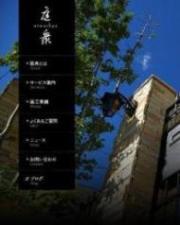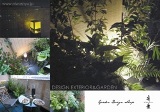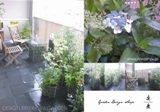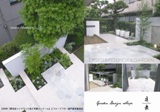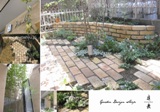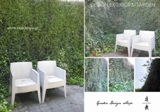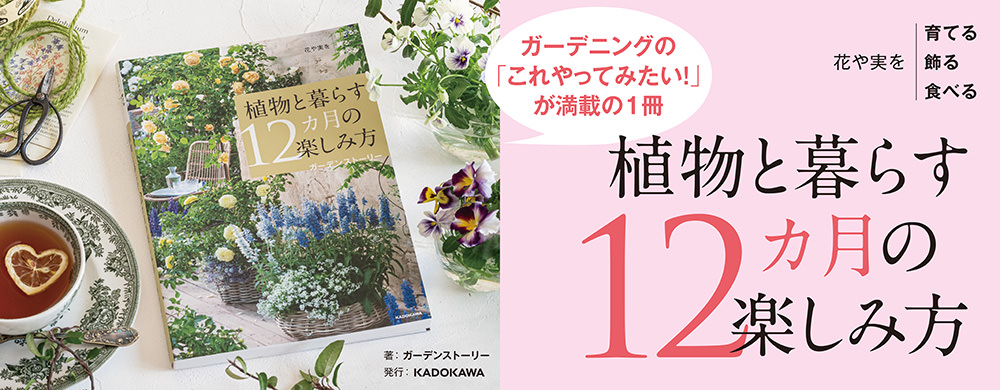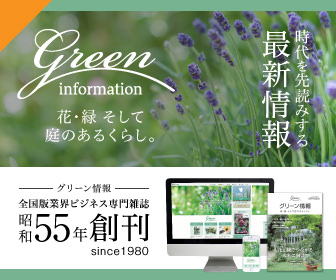Thank you and bye bye!

今日はロシアからきた研修生のアリヤさんの最後の日です。
この3ヶ月はちょっと早すぎて過ごしたですね・・
アリヤさんはとても良いアイディアを持って、色々な素晴らしい物をRJG「Real Japanese Gardens」に紹介してくれました。
アリヤさん、本当にありがとう!ロシアへ帰って、面白い庭をたくさん作ってください!^_-
また是非、庭衆に遊びに来てくださいね!
そして、私のアニカも7月1日から産休に入って、庭衆の仕事を6ヶ月ぐらい休みます。
RJGのソーシャルメディアを続きますので、InstaとFacebookを是非見てください!
お客さまの皆さん、ブログの読者の皆さま、お世話になりました。
また来年からどうぞよろしくお願いします!
- アニカ
Hello all!
I’m very sad to say that today is my last day in the company. My internship is already over and I’m going back to Russia soon. I would like to say thank you to Anika and Mr. Hayano for giving me the opportunity to learn about beautiful Japanese gardens and Japanese culture. It has been a great pleasure working with you! Through my time here I’ve learnt a lot of new things. I hope you’ve enjoyed my blog posts and have also been able to learn more about Real Japanese gardens!
It has been a wonderful experience. I really enjoyed the time I spent in RJG and Niwashyu.
Thank you!:)
-Aliya保存保存
Seminar, 植物の植栽 に関わる基本的考え方
Seminar about basic concepts of growing plants, Tokyo.
Yamamoto Norihisa - dendrologist of Tokyo Agricultural University, Chair of Ai-Shokubutu landscape planning office and the main landscape designer of famous Tokyo Disneyland. This Monday RJG staff participated in the seminar by Yamamoto Norihisa about basic concepts of growing plants. Let me share in short the main ideas of the event.
1.Plants in different environment.
There are plants we can find in mountain area, plain area and in the cities in Japan. Plants have adaptations to help them survive (live and grow) in different areas. Some of them could be used for design of gardens.
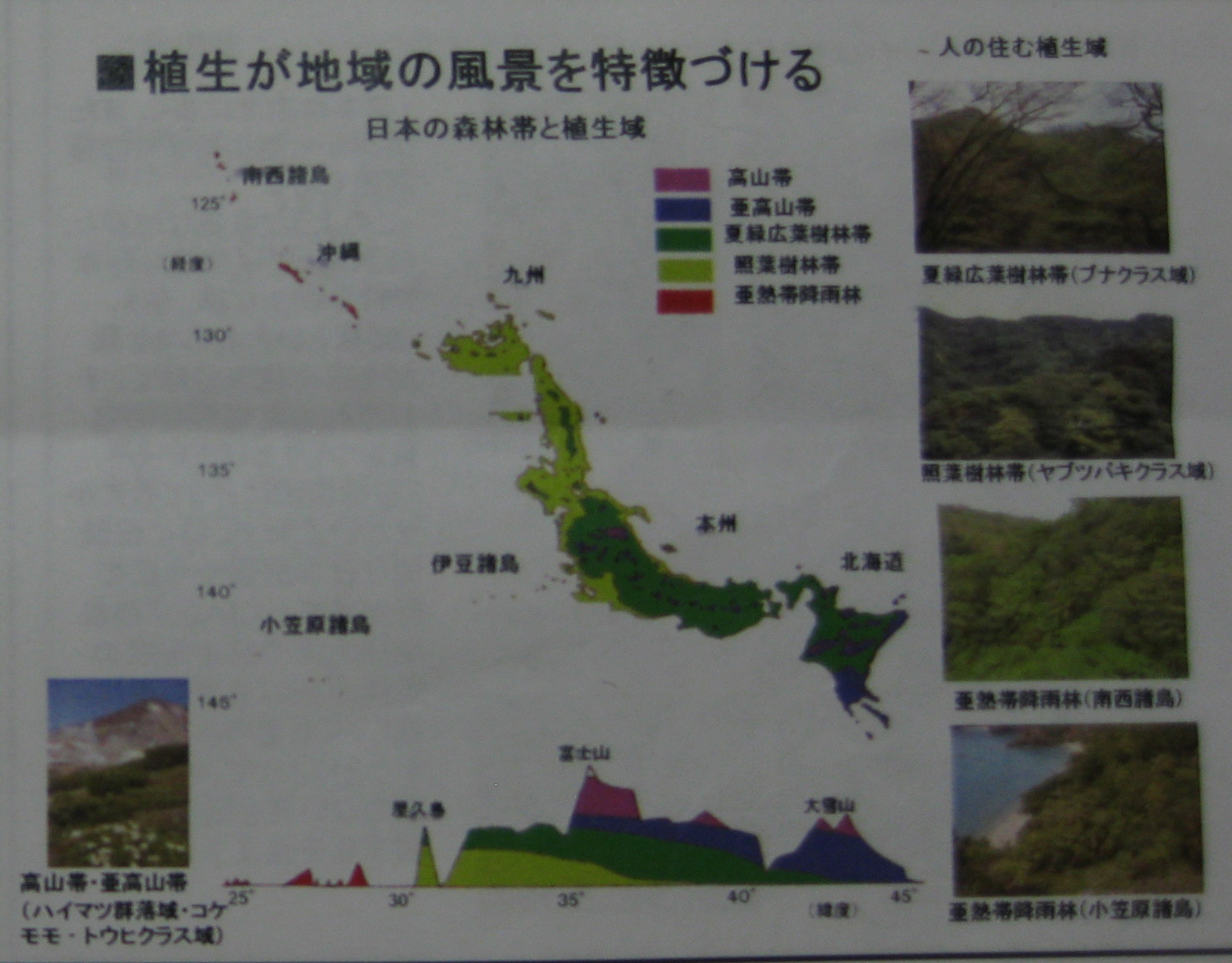
2. Japan's monthly blossoms, hanafuda.
Seasons are the main theme in the Japanese garden culture. There are 12 main seasonal blossoms in Japan for each month. Hanafuda (花札) are Japanese playing cards (translates as "flower cards"). The Hanafuda card deck has twelve suits, each named for a month and an associated flower.

Hanafuda cards
Every Japanese garden is always prepared for each season, so every month people can visit gardens and enjoy one of the flowering plants.
3. There are two types of tree shapes we can find: artificial and natural. When we are planning a garden we always need to consider that naturally trees grow with a small group, never alone.
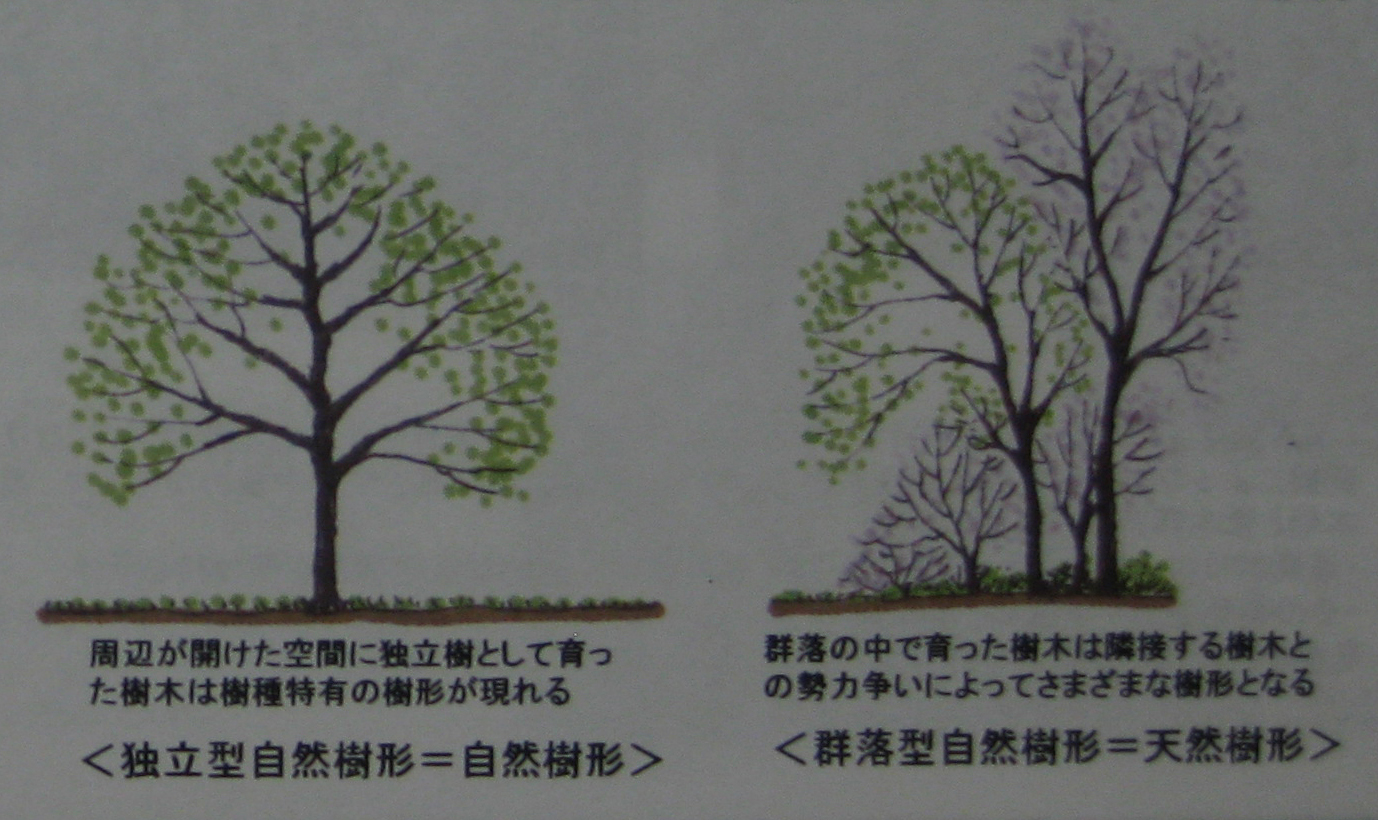
4. Soil structures. Soil structure refers to the soil picgrouping of soil particles (sand, silt, clay,organic matter and fertilizers) into porous compounds.In Japan we mainly can find coarse and clay soil.

Coarse textured soils have mainly large particles in between which there are large pores, so the rain or irrigation water enters and moves more easily into larger pores; it takes less time for the water to infiltrate into the soil. On the other hand coarse soil cannot keep water for long time. Clay soils hold on to water for a very long time, therefore, these soils are the most prone to leaving a garden plagued with standing water. The best option to grow healthy plants is to use mixed coarse and clay soil.
第18回国際バラとガーデニングショウ
On 18th of May I participated in the 18th International Roses & Gardening Show. Let me tell you more about this beautiful event. The show has been holding by International Roses & Gardening Organization Committee (Mainichi Newspapers/NHK/Sports Nippon Newspapers) every year since 1999. The largest event of its kind in Japan, it showcases roses and beautiful gardening from all around the world. There were presented over 1 million roses and the latest works of garden designers. The show received international recognition as a one-of-a-kind celebration. There were also many events such as gardening markets, special events held on the rose terraces, and rose and gardening contests.
-Aliya
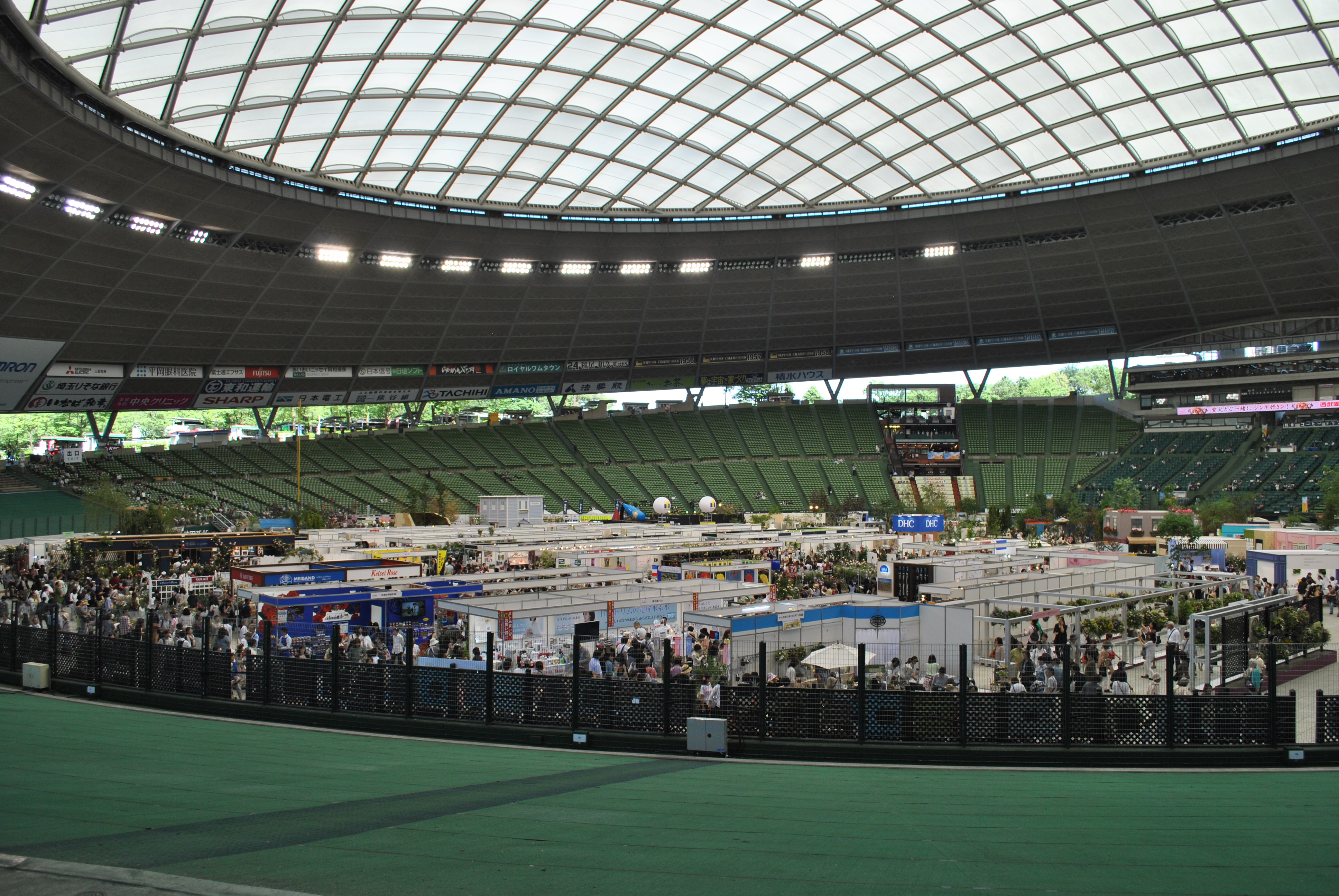
Seibu Dome (Exhibition area), Tokorozawa city, Saitama, Japan.
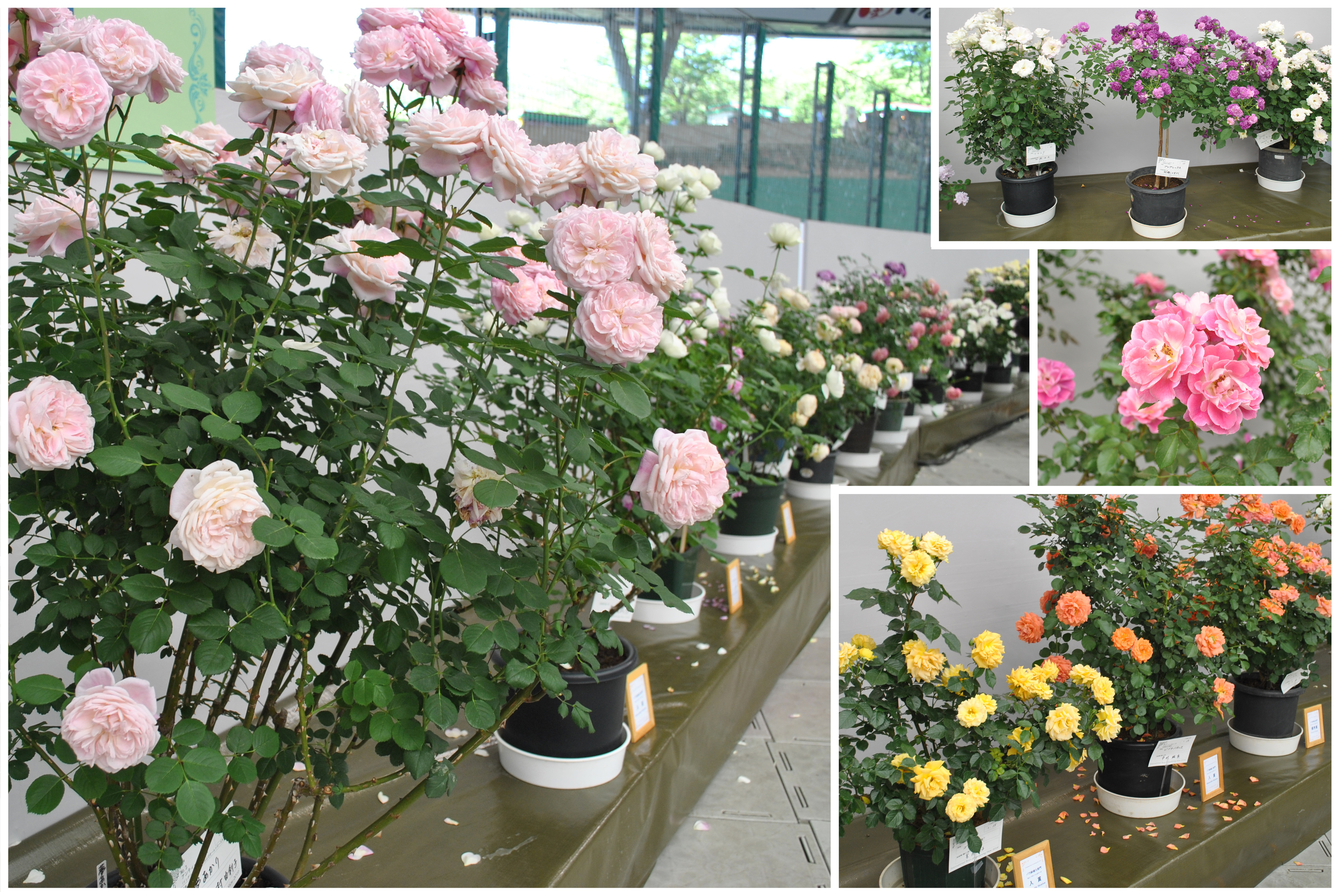
Rose exhibition

Bouquets, exhibition

Rose garden

Small models of gardens
Japanese exterior design lesson
Last week Anika and Aliya participated in Japanese exterior design lesson. The lesson was hold by Furuhashi Norimasa – very talented designer and exterior architect. He is a teacher of Japanese garden design courses in E&P Academy and he also runs his own exterior building company (here is the link: E&P Academy). We have learnt many new things. Let me share with some interesting information!
The first part of the lesson Furuhashi-san introduced us “Procreate”- drawing and sketching iPod application - very useful program for architecters and designers. Then he talked about difference between Gaikou (we can translate it to English as building envelope) and Exterior.
Gaikou is the physical separator between the interior and the outdoor environment (for example, separation ground from streets, neighbors, other buildings etc.). The main focus is always on functionality.
Exterior includes building and design. It is not only functional part but also material coordination, color schemes, textures, contrasts etc.
Then we moved to the roles of optical effects in gardens like symbol trees, light, plants etc. The designer should be able to elaborate and describe every part and every detail of the planned garden. For example (on the picture), the vertical walls in front of the house and high trees set to hide the windows:

Step by step development of the outdoor environment
Every customer has his own request and design always should be planned accordingly. There are three styles currently presented in Japanese exterior designing: open style, closed style and semi-open style. Open style does not include walls to block the view from the street into the garden. Closed style separate the property with walls, fences and the gate from the street and neighbors. Semi-open style is a mix of both.
Then Norimasa-san showed us the real examples of his own work.
Step by step development of a garden design with terrace and lawn area.

Pictures of the house before and after reconstruction.Day and night views.
The pictures credit from website, for more information, please visit: EXPLANNING company
Hello, I am a new intern in Niwashyu
Hi all,
my name is Aliya. I just started my internship in Niwashyu company and I would like to introduce myself.

I am from Russia, graduated from Technical University. I love Art and Nature. I have always had a strong interest in garden design and Japanese culture. I came to Japan to learn more about this mysterious country and culture. Here in Tokyo I am going to learn about beautiful Japanese gardens and share my experience with you :) I would like to make people outside of Japan to understand more about Japanese garden culture and its beauty.
初めまして、アリヤです、ロシア人です。アートと自然がすきです。日本へ庭を勉強に行きました。よろしくお願いします。


